Concurrent Session X | May, 10 | 10:45 – 12:15 PM MT
Breakout 1 | Breakout 2 | Breakout 3 | Breakout 4 | Breakout 5
Return to Schedule
Session A10
State of Equity in Transportation | Transportation
10:45 – 12:15 PM
| About the Presentation |
|
Equity in transportation has become prevalent in recent years; specifically, yet somewhat generically, with a directive to incorporate equity into project delivery and transportation agency culture. For many transportation agency leaders, embracing equity is of paramount importance. This presentation is intended to:1. Present the origins of the term, "equity" in transportation and what its intent was 2 . Examine, through case studies, agency definition, and consultant definition the evolution of the use of equity in transportation and how has the definition changed since its origins 3. Are there other ways to think about equity in transportation? Is equity addressed in a reactive manner to a proposed action; orb. Is there evidence that equity is integral to project creation? The presentation will explore the roots of transportation delivery and if there is a different role for DEI in project delivery.
Session Objectives:
Examine the evolving definition of equity
Examine the history of equity in transportation
Examine the roots of transportation philosophy in America
Answer the question, does equity have a proactive place at the project design/delivery table from day one?
|
| About the Speakers |
|
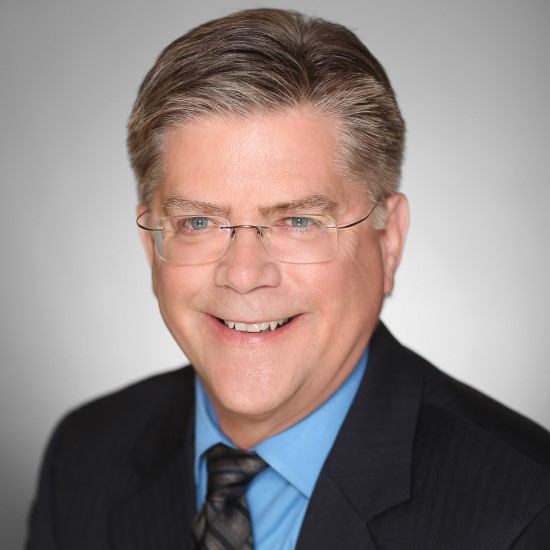
Ron Deverman
National Environmental Planning Leader
STV, Inc.
VP, NAEP Professional by Eminence, Board Trustee of the Academy of Board-Certified Environmental Professionals. With over 35-years-experience managing NEPA environmental impact assessment projects for transportation, Ron also has special expertise in community impact assessment, cumulative effects analysis, and other federal environmental regulations. Ron has spoken nationally and internationally, including key competencies for environmental professionals, environmental stewardship, equity, environmental justice, and the public health impacts and benefits of our transportation choices. R was recently appointed to the Transformative Leadership Advisory Council for the George Washington University School of Business. Ron's education includes a BS in Civil Engineering and a MA in English, and post-graduate studies in NEPA and related environmental studies.
|
|
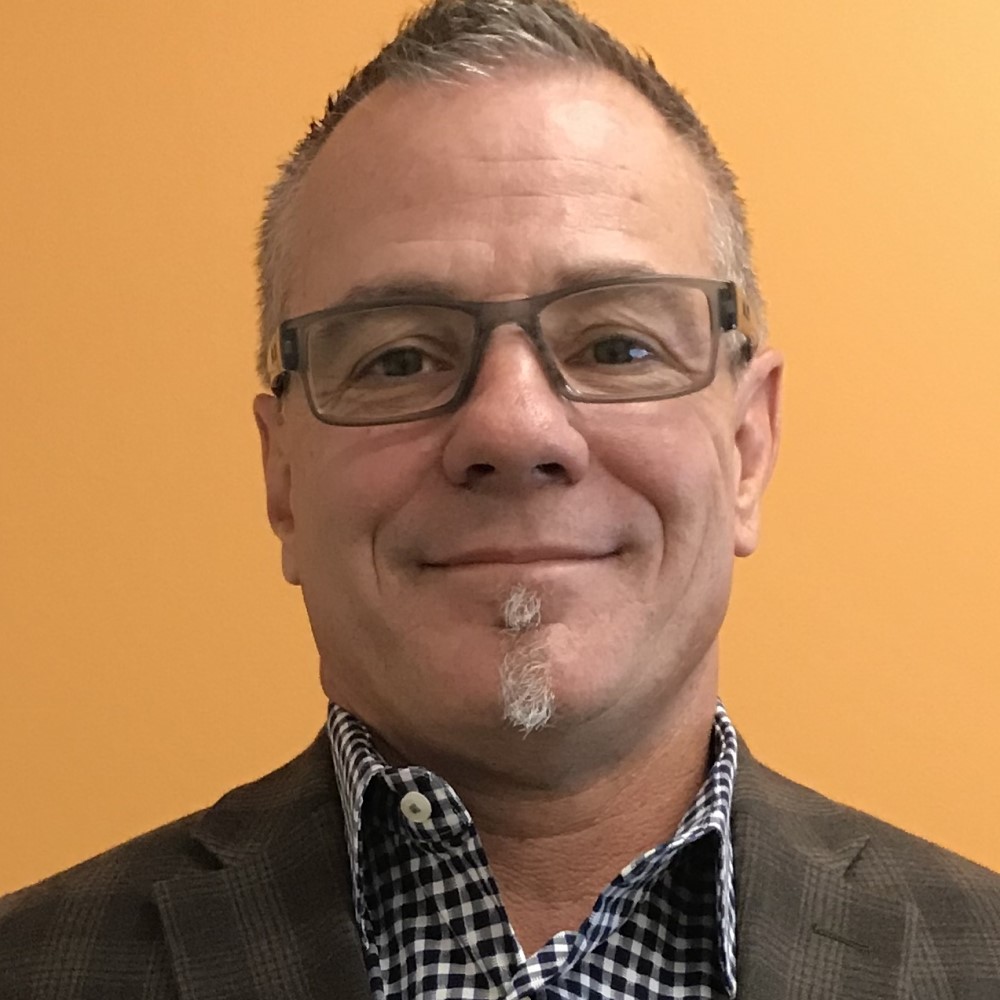
Jack Allen
Environmental Planner
Avenue Consultants
Jack is a national resource in environmental planning as a program manager, project manager, NEPA practitioner, and environmental analyst with over 38 years of experience in interdisciplinary impact analysis, social and natural sciences, and strategic regulatory planning. As a NEPA practitioner and instructor/trainer, Mr. Allen has an in-depth understanding of the NEPA provisions and is recognized for his innovations in the field. Mr. Allen's expertise is in NEPA compliance, process management, facilitating and drafting purpose and need, alternatives development, and screening processes.
|
Back to Top
Session C10.1
Environmental Justice, the EPA EJSCREEN 2.0 Tool, & the NEPA Process | EJ
10:45 – 11:45 AM
| About the Presentation |
|
What is Environmental Justice? Why is it important? When did it start? How did we get to where we are today with Environmental Justice Summits, Executive Orders, and EPA Work Plans? This workshop will provide an overview of environmental justice including a discussion of the history of Environmental Justice from its humble beginnings to where it is today, including the development of the US EPA's EJSCREEN 2.0 tool. We will show how the mapping tool enables decision-makers to better understand the demographics of their project area. We will also discuss how the tool can be used during the scoping and public outreach phases of the project to ensure maximum coverage across Environmental Justice populations and how to document it in your administrative record.
Session Objectives:
- Define Environmental Justice.
- Be familiar with the major points in its history.
- Be familiar with using the US EPA EJSCREEN 2.0 tool.
- Use the US EPA EJSCREEN 2.0 tool during your scoping/public outreach to ensure you have reached your EJ populations in your project area.
- Document your outreach to EJ populations in your Administrative Record of your NEPA document.
|
| About the Speakers |
|

Jonathan Rigg
Moderator information coming soon!
|
| About the Speaker(s) |
|

Michelle Ogburn
Speaker information coming soon!
|
Session C10.2
Equity in Transportation | EJ
11:45 – 12:15 PM
| About the Presentation |
|
This session will begin by addressing the national perspective on Equity in Transportation by providing an overview of the January 2022 USDOT Equity Action Plan, the Infrastructure Investment and Jobs Act, and the Justice40 Initiative. It will provide a historical perspective of these issues by discussing several examples of Interstate construction projects advanced prior to current equity/environmental justice considerations. The session will then transition to a discussion of notable real-world transportation projects in several different States emphasizing equity considerations and community engagement approaches. The session will conclude by highlighting opportunities to advance equity considerations in transportation planning and project development processes.
Session Objectives:
Raise attendees' awareness and understanding of transportation equity issues.
Identify considerations and approaches currently being utilized by States to address transportation equity.
Provide attendees with an opportunity to expand their equity awareness toolkit and lead to greater consideration of transportation equity issues in transportation planning and project development.
|
| About the Speaker |
|
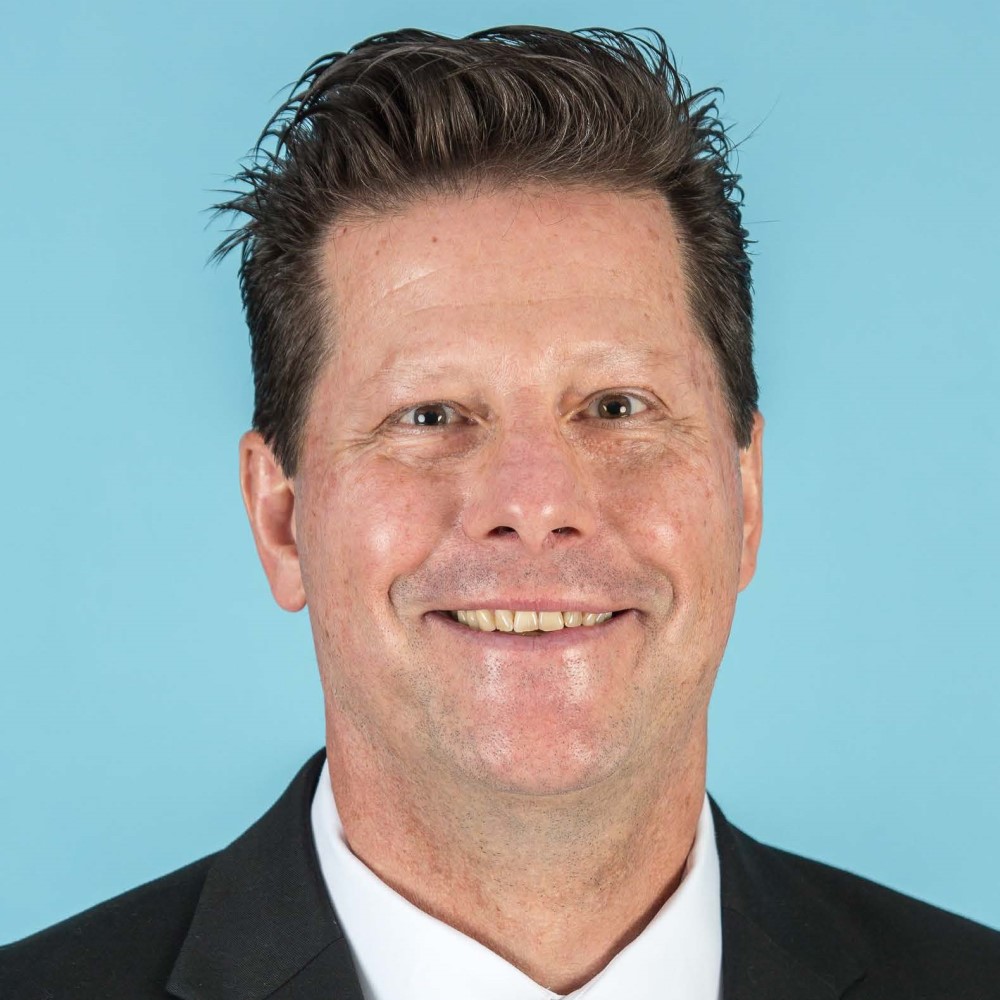
David Grachen
Senior Environmental Manager
Edwards-Pitman Environmental Inc.
David Grachen is a Senior Environmental Project Manager at Edwards-Pitman Environmental Inc. (EPEI). His environmental expertise spans the broad range of human and natural environmental laws and regulations related to the development of Federal and State transportation projects. Prior to joining EPEI in May 2021, David was an Environmental Specialist with the FHWA for over 30 years. While with FHWA, he was a national subject matter expert on NEPA, Section 106, Section 4(f), and Environmental Justice. Mr. Grachen is a certified Master Trainer and has developed and delivered environmental training courses for the FHWA Resource Center or the National Highway Institute in every one of the 50 States.
|
Back to Top
Session D10.1
Creating a Definitive List of Arizona Regulated Waters | Arizona
10:45 – 11:15 AM
| About the Presentation |
|
Changes in the federal Clean Water Act (CWA) definition of Waters of the U.S. (WOTUS) over the past seven years have created uncertainty in the regulation of surface waters in Arizona due to the ephemeral and intermittent nature of the majority of our waters. To add clarity for the agency and stakeholders, ADEQ tackled a large-scale project to evaluate the jurisdictional status of more than 900 surface waters and associated designated uses by which these waters are regulated. This process established whether water was considered WOTUS or non-WOTUS, or if more data and information was necessary for a decision. ADEQ will present the agency's evaluation process, which has garnered national attention, to provide clarity and baseline protection to Arizona surface waters and discuss ongoing efforts to add additional clarity and our ability to adjust efficiently the process if the federal definition changes again.
|
| About the Speakers |
|
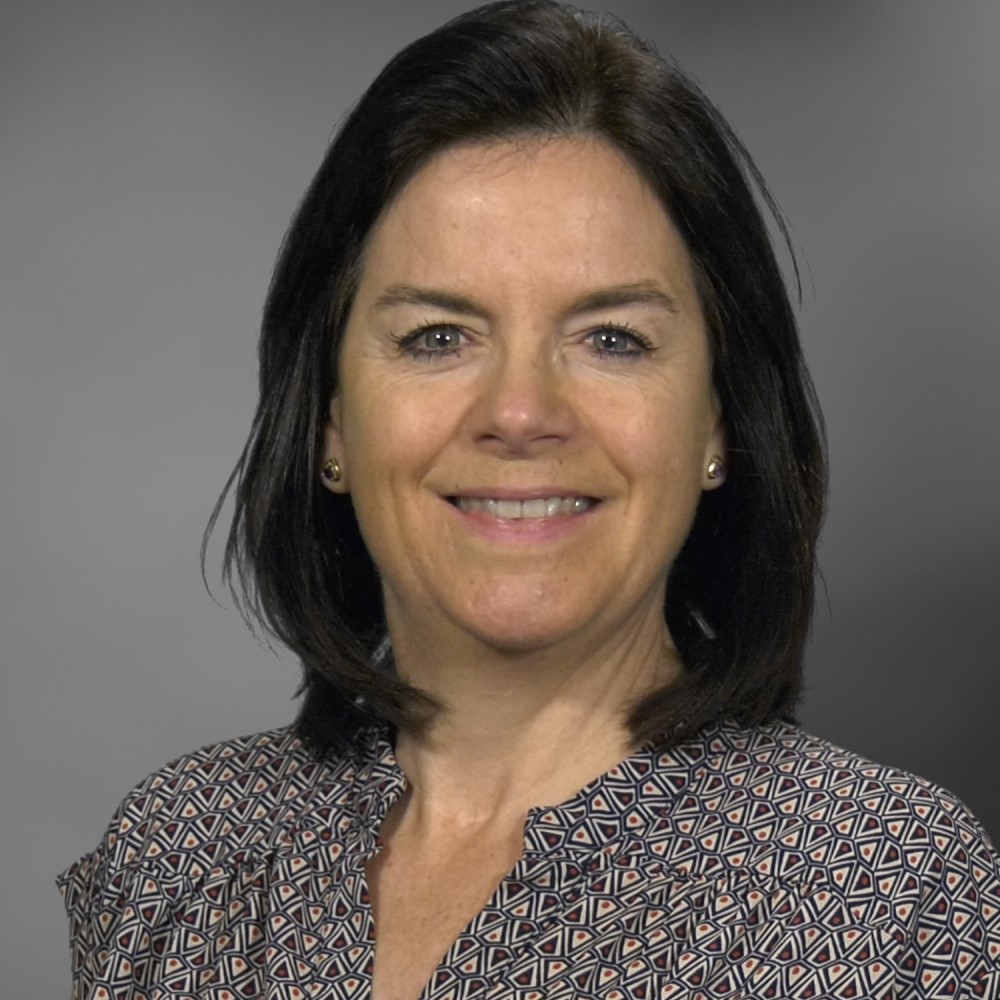
Patrice Spindler MS
Senior Water Quality Scientist
AZ Department of Environmental Quality
Patti Spindler is a Senior Water Quality Scientist with the Arizona Department of Environmental Quality (ADEQ), with 30 years experience in water quality monitoring, standards development, jurisdictional evaluations of surface waters, and bioassessment for the State of Arizona. She holds a Master of Science degree in Biology from Arizona State University.
|
|

Colleen Cassidy
Environmental Hydrogeologist 3
Arizona Department of Environmental Quality
Colleen Cassidy is an Environmental Hydrogeologist with the Arizona Department of Environmental Quality (ADEQ). With over 10 years experience in Earth Sciences, she has a diverse background in environmental sciences, geology, consulting, and education including positions at Northern Arizona University, U.S. Geological Survey, and ADEQ. In her current position with ADEQ, she leads the team responsible for jurisdictional evaluations and flow regime assignments. Colleen holds a Master of Science degree in Geology from Northern Arizona University.
|
|

Erin Jordan
Speaker information coming soon!
|
Session D10.2
Discharge Distance Determination and Possible Interaction with WOTUS Jurisdiction Waterways | Arizona
11:15 – 11:45 AM
| About the Presentation |
|
In 2020, the Arizona Department of Environmental Quality Surface Water Protection Value Stream requested proposals for a screening tool to assist them with making permitting and compliance decisions under the Clean Water Act Program. The tool would be used for determining the potential of discharges from non-jurisdictional waterways to reach a regulated Waters of the United States (WOTUS) jurisdictional waterway within Arizona. They wished to develop a relatively simple tool/model that could be used to make a high-level determination of whether a discharge from "point A" (a point source discharge) would be able to reach "point B" (a downstream WOTUS). Ideally, to be able to determine how far a given discharge will actually travel (based on a set of assumptions), and what conditions would be necessary for it to travel far enough to reach a downstream WOTUS a known distance away. This was important to address changes to the regulatory schema associated with the Navigable Water Protection Rule.
Matrix, with assistance from West Consultants, developed a web-mapping application that allows ADEQ analysts to select a discharge point on a map, enter the parameters for the discharge, and then print a report outlining the path and length of the discharge. West Consultants developed the formula for determining the runout distance which incorporates the discharge rate, size of the contributing watershed, floodway width, 100-year discharge rates, and infiltration rates. This formula utilizes information from the permittee, USGS StreamStats reports, USDA soil information, Arizona floodway information, and flow regime geospatial data. The web-based mapping application was built using Leaflet, Calcite Maps, Bootstrap, Esri ArcGIS API JavaScript, Turf.js, and jQuery. The USGS StreamStats Flow (Raindrop) Path application served as the basis to determine the initial runout where no parameters are introduced. Once this path is determined, the analyst can use the Turf JavaScript editing tools to refine the runout path. Once complete, the runout path is then run through the equation to determine the length of the ultimate runout. The runout path is segmented at that distance and segmented to create a new dataset depicting that length. ADEQ's flow regime data is then analyzed for the final point of the runout path to find the waterbody the discharge would reach. The analyst can then print a report that lists all of the entered and derived variables with information relating to the final runout length and whether it reaches a WOTUS. Mindi Cross (AzDEQ) will demonstrate real-world examples of the tool and describe instances where the tool informed them of possible interactions with WOTUS jurisdictional waters, or confirmed a non-interaction.
|
| About the Speakers |
|
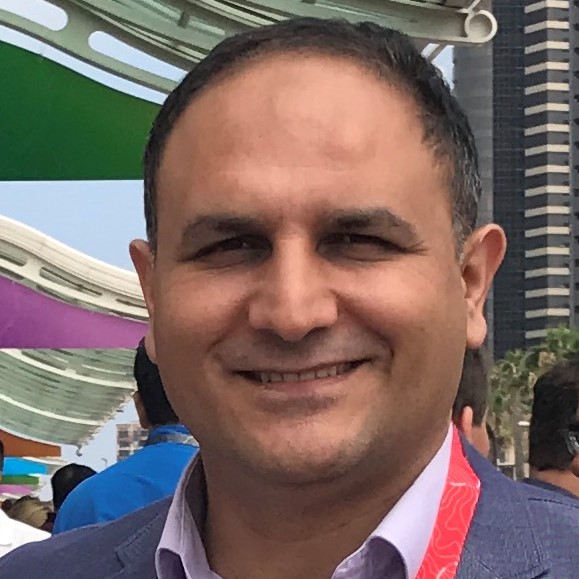
Mehmet Secilmis MS, GISP
Senior Global Account Manager - AEC & Environmental
Esri
Mehmet Secilmis is a global account manager for Esri, a leading geospatial software company. He is with Esri's AEC & environmental practice team and is based in San Antonio, TX. He works with engineering and environmental firms to discover the power of GIS and solve the real problems they have. He has over 20 years of diverse experience in environmental science/engineering and GIS. His educational background includes an MS degree in Environmental Technology and an MS degree in Management with a concentration in Management of Technology.
|
|
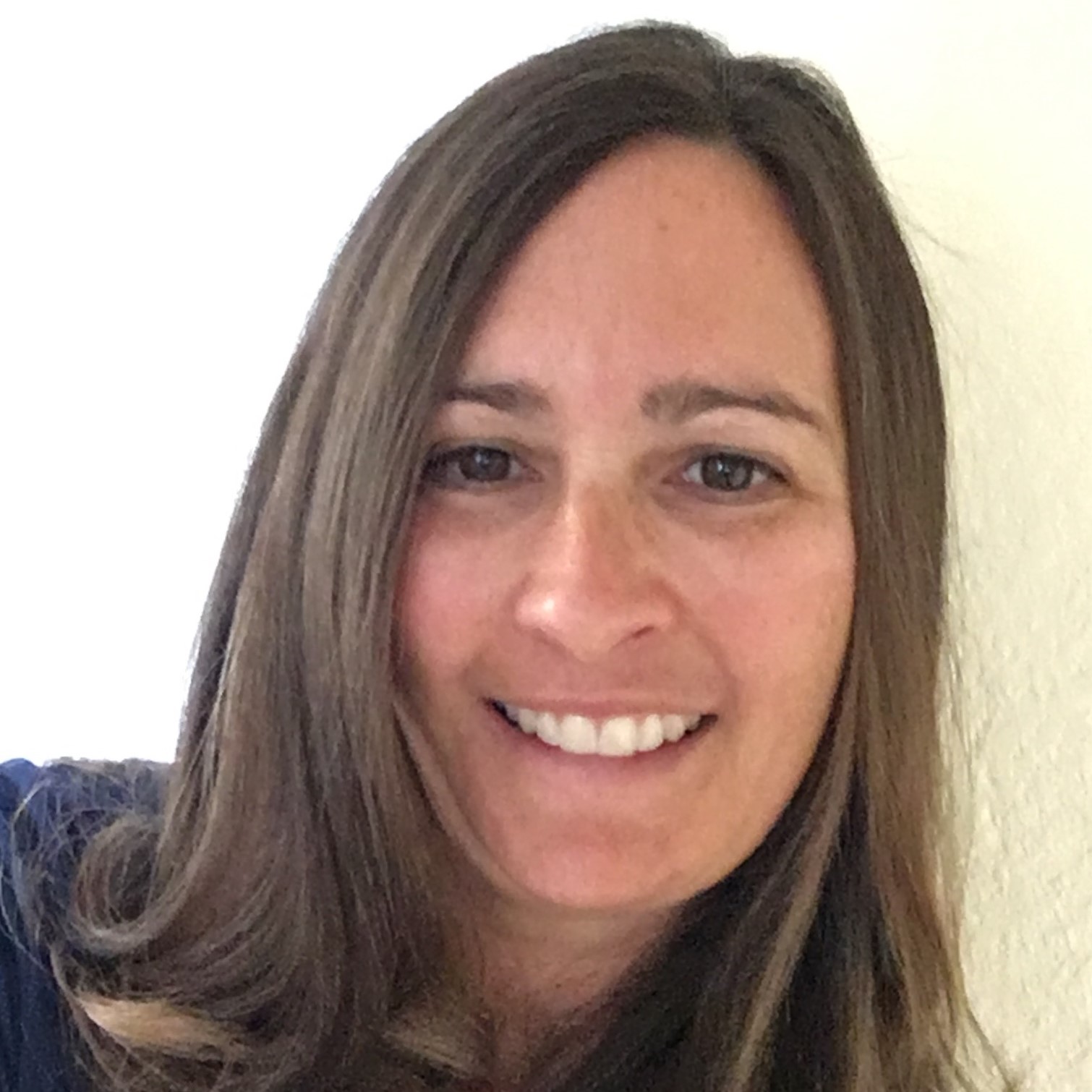
Mindi Cross
Senior Environmental Science Specialist
Arizona Department of Environmental Quality
Mindi Cross is a Senior Environmental Science Specialist for the Arizona Department of Environmental Quality. She has over 20 years of experience in multi-media environmental compliance and enforcement. She has been involved at all levels conducting field inspections, developing and managing enforcement cases, and managing the work of other environmental professionals. Her current responsibilities include surface water compliance and permitting activities and assisting with the development and implementation of agency compliance policies. Ms. Cross has a B.S. in Biology from Gannon University in Erie Pennsylvania. She has been at the Arizona Department of Environmental Quality since October 2002.
|
|
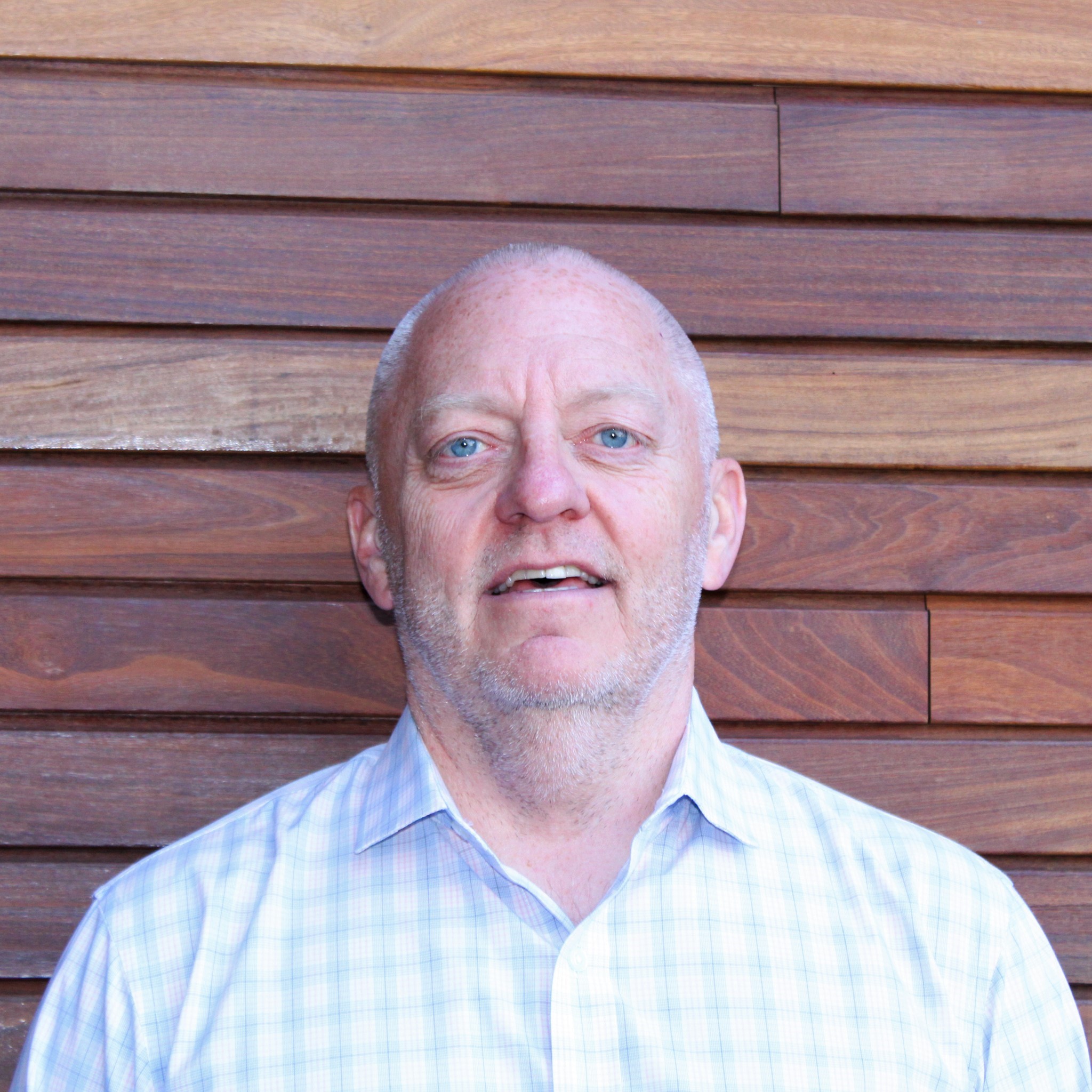
Jeremy Johnson
GIS Manager
Matrix New World Engineering
Jeremy Johnson is the GIS Manager for Matrix New World Engineering, a role he has been in for 6 years. Prior to Matrix, Mr. Johnson was the GIS Coordinator for 16 years in Blaine, Minnesota. While he provides GIS solutions to assist with the groundwater analysis and bioremediation efforts here in Arizona, he also supports Matrix offices in New York, New Jersey, and Louisiana, working on wetland mitigation, climate resiliency, offshore wind projects, and developing custom web mapping applications. He has 25 years of experience in GIS and has a bachelor’s degree from St Cloud State University in Minnesota.
|
Session D10.3
The Importance of Assigning Designated Uses to Surface Waters for Regulatory Actions | Arizona
11:45 – 12:15 PM
| About the Presentation |
|
Designated uses are utilized to assign appropriate water quality standard criteria in assessing the health of surface waters. These criteria identify impaired waters and are used to determine appropriate permitting actions. The Arizona Department of Environmental Quality (ADEQ) historically identified the designated uses for a waterbody using the state's tributary rule. The tributary rule provided a fast track to assigning designated uses, however, historically an in-depth study called a Use Attainability Analysis (UAA) was necessary to change designated uses. A UAA can be time intensive and costly.
ADEQ will present our efforts to accurately assign designated uses using a more effective and efficient expedited UAA approach for newly identified waters for regulation under the federal Clean Water Act or Arizona's new Surface Water Protection Program.
|
| About the Speaker |
|

Colleen Cassidy
Environmental Hydrogeologist 3
Arizona Department of Environmental Quality
Colleen Cassidy is an Environmental Hydrogeologist with the Arizona Department of Environmental Quality (ADEQ). With over 10 years experience in Earth Sciences, she has a diverse background in environmental sciences, geology, consulting, and education including positions at Northern Arizona University, U.S. Geological Survey, and ADEQ. In her current position with ADEQ, she leads the team responsible for jurisdictional evaluations and flow regime assignments. Colleen holds a Master of Science degree in Geology from Northern Arizona University.
|
Session E10
Becoming an Enlightened Consultant | Misc - CANCELLED
10:45 – 12:15 PM
| About the Presentation |
|
This practical and innovative workshop draws upon Tom's book, Becoming an Enlightened Consultant, Awakened by Cancer (Friesen Press 2022). It is geared toward consultants in different stages of their careers: those just beginning, those who want to improve how they mindfully move through their careers, those looking to find and implement an effective exit strategy, and buyers and sellers of firms.
Part One of this workshop explains the basics of the consulting industry and speaks to the role of individual and collective self-awareness in a firm and how they determine success. Self-awareness allows us to see and manage our egos in a way that improves outcomes. This workshop provides predictions regarding leading industry trends and emerging markets. Each workshop attendee will better understand how to apply their own exploration into self-awareness, in a way that will transform their own and their company's performance.
Part Two provides more practical nuts-and-bolts information about the consulting industry today, types of consulting firms and projects, and the range of clients in the consulting market. It will offer important insights into strategic positioning and brand differentiation. billing rates, profit margins, and valuations. Attendees will explore a transdisciplinary approach that integrates ecosystems. It also explores how human and cultural health is essential to our ability to improve consulting outcomes and to inspire and lead team members and firms to work intelligently and respectfully with their clients.
Workshop Leader: For 42 years Tom Hilditch has focused on impact assessment, mitigation planning and design, and ecological planning and restoration. He has been privileged to lead hundreds of environmental assignments around the world, including coastal zone and regional landscape planning projects, major resource and infrastructure project impact assessments (e.g., mineral aggregate quarries, landfills, toxic waste disposal facilities, nuclear and renewable energy projects), and urbanization studies.
This workshop will share everything Tom has learned in 42 years of consulting; what worked and what didn't.
|
| About the Speaker |
|
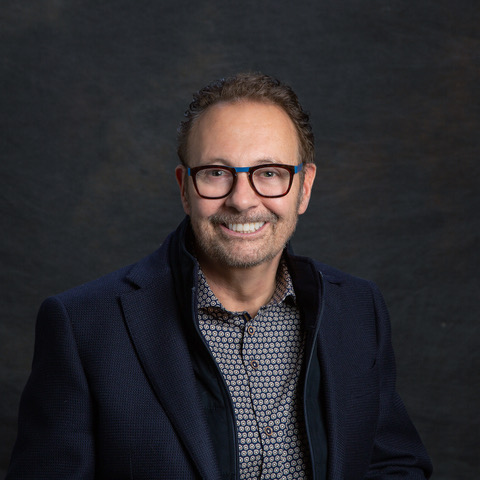
Tom Hilditch B. Sc.
President
Colucent Environmental Inc.
Tom Hilditch is President and CEO of Colucent Environmental Inc. During his 40-year career as an ecologist, Tom has worked principally in the areas of impact assessment, mitigation planning, and ecological planning and design. His consulting work has been completed in Canada, China, Barbados, Venezuela, and Equatorial Guinea. Tom has developed specialized expertise with Species at Risk legislation, policies, guidelines, and permitting processes. He served on the Species at Risk Program Advisory Committee (SARPAC), COSSARO's sister committee (Member from 2008 to 2010, Chair - from 2010 to 2014). Tom has served as Chair of COSSARO since 2015. Tom also currently serves on the Board of Directors of the Anishinabek/Ontario Fisheries Resources Centre.
|
Back to Top
Back to Schedule
|











